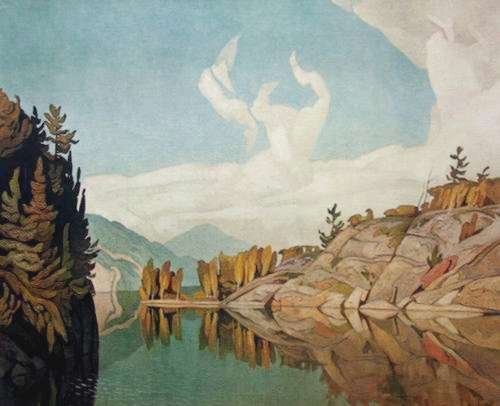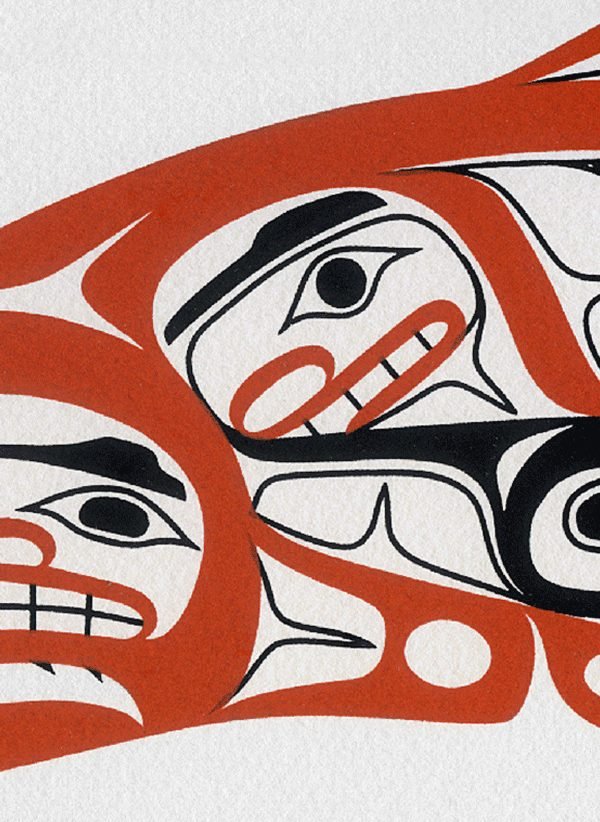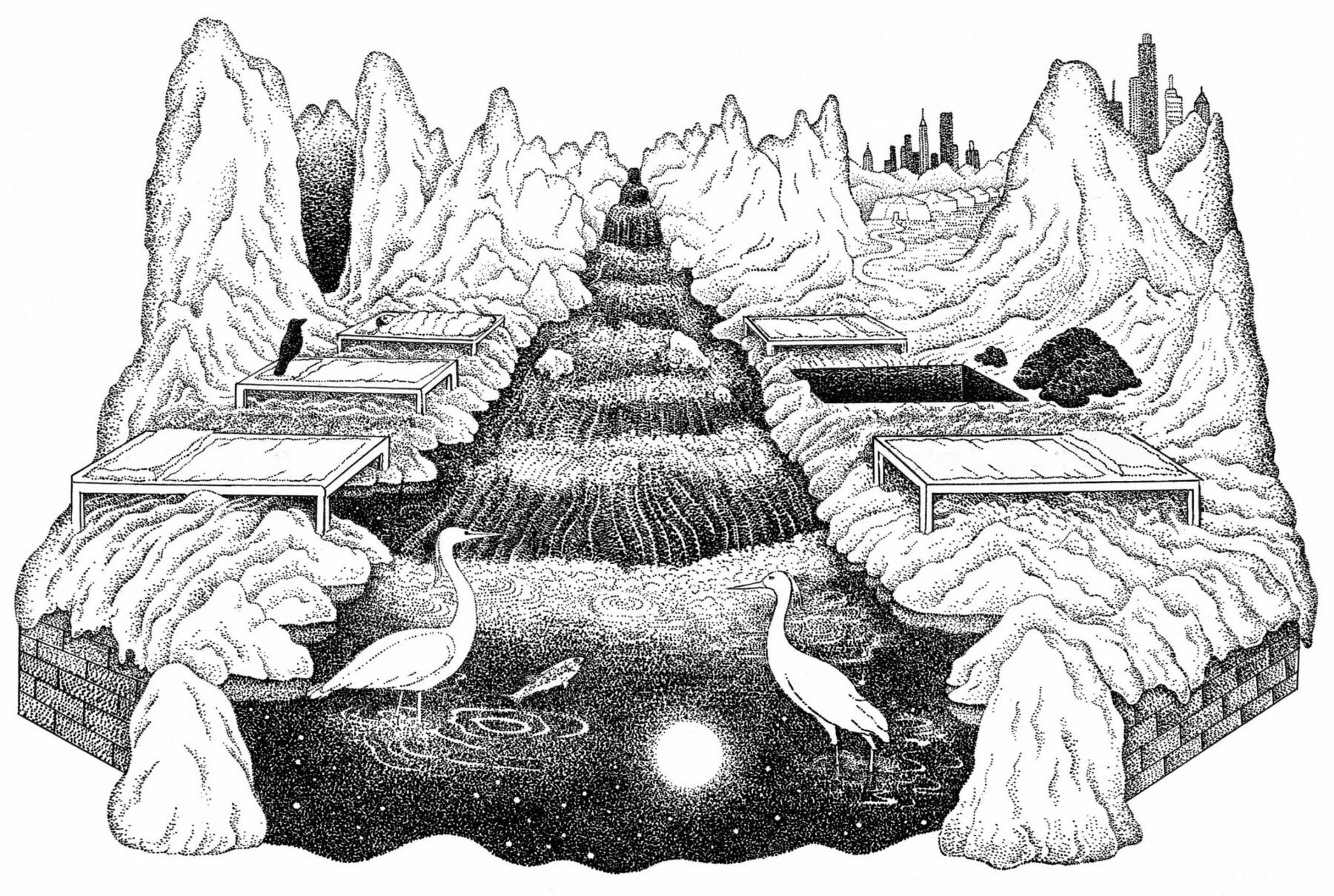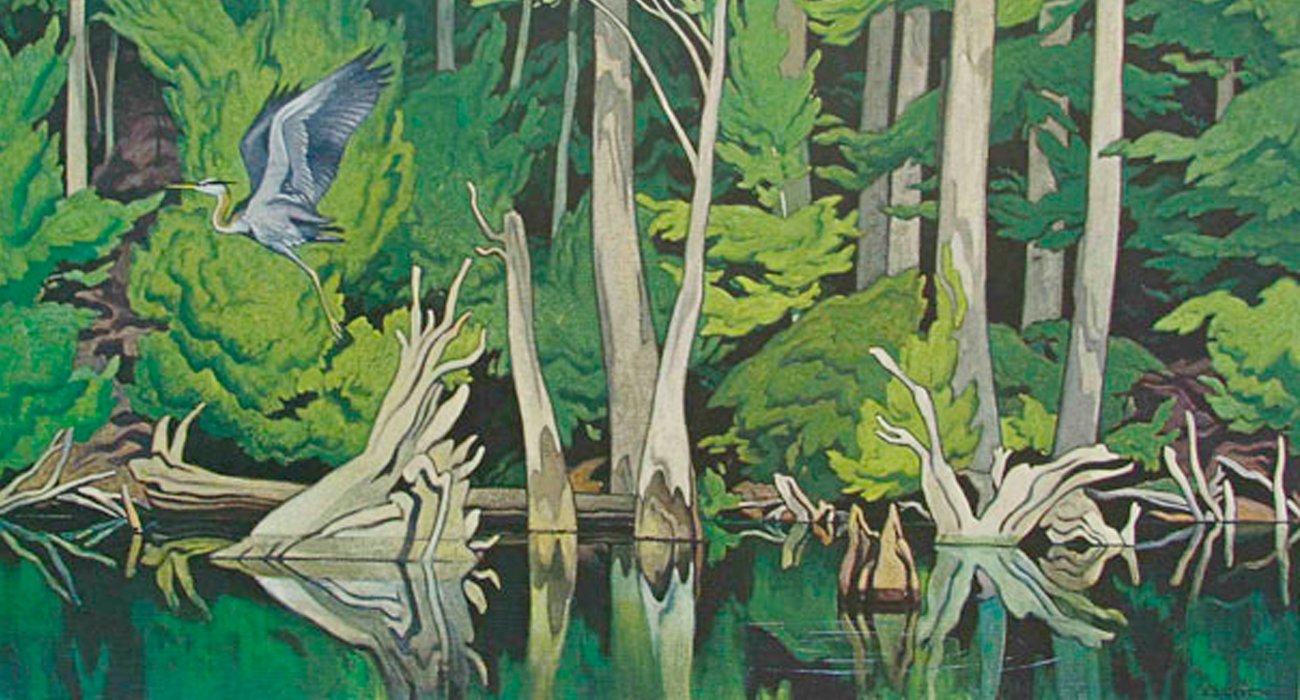
How can we open a fresh and unshakeable solidarity between ourselves and the other animals, plants, and elemental forces that compose this breathing biosphere? The deepening contortions of climate change – intensifying droughts, monster floods, flaring wildfires and heart-wrenching geopolitical cataclysms – all ensure that our species is tumbling toward a sea change of immense proportions. Experimenting with ideas and practices useful for grounding and thriving in dangerous times, we’ll ponder how our lives might be of genuine service to the more-than-human earth.
A dawning recognition of the power and primacy of place, an awareness of wildness unfolding wherever we turn our attention, a new humility in relation to other earthborn entities – whether salmon or cedars or storm clouds – and a radically transformed sense of the sacred: all these are struggling to be born at this teetering moment on our whirling dervish of a world. How can this altered, animistic awareness settle deep into our muscles and bones, and how can it come most powerfully to expression in our lives?
Join us for this 5-day immersive program, vivid with personal discovery and collective exploration – a gathering rich with storytelling, intellectual adventure, creaturely dynamism and heartfelt conversation. Together, we’ll pool our findings toward a new experience of the enveloping earth as an exuberant, improvisational, and sentient reality – and of ourselves as full-bodied participants (along with the humpback whales and the thrumming crickets) in the ongoing emergence of that reality
“Deeply resonant with indigenous ways of knowing, Abram lets us listen in on wordless conversations with ancient boulders, walruses, birds, and roof beams. His profound recognition of intelligences other than our own enables us to enter into reciprocal symbioses that can, in turn, sustain the world. [He] illuminates a way forward in restoring relationship with the earth, led by our vibrant animal bodies to re-inhabit the glittering world.”
– Robin Wall Kimmerer, author of Braiding Sweetgrass
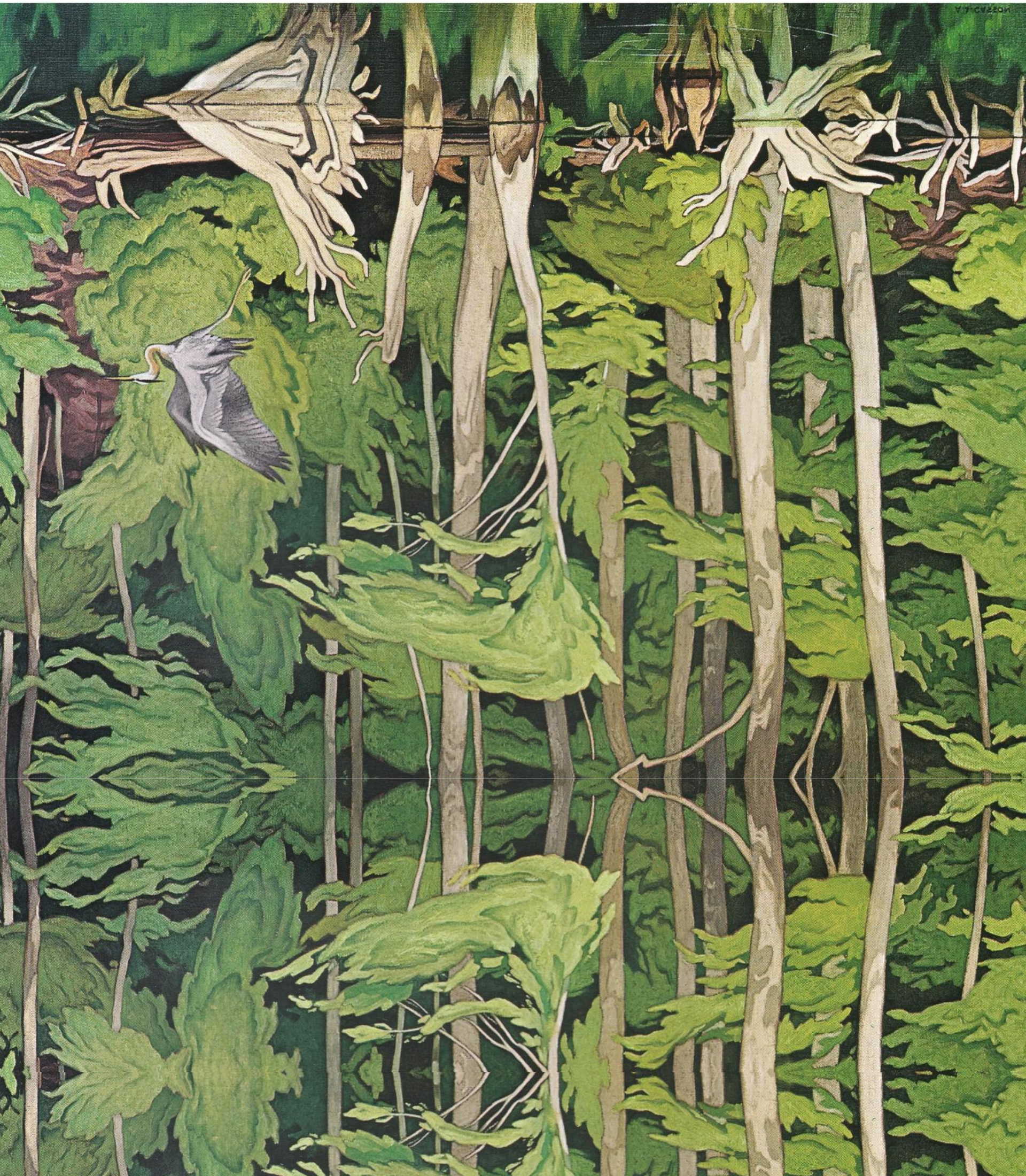
The Alliance for Wild Ethics (AWE)
is a consortium of individuals and organizations working to ease the spreading devastation of the animate earth through a rapid transformation of culture.
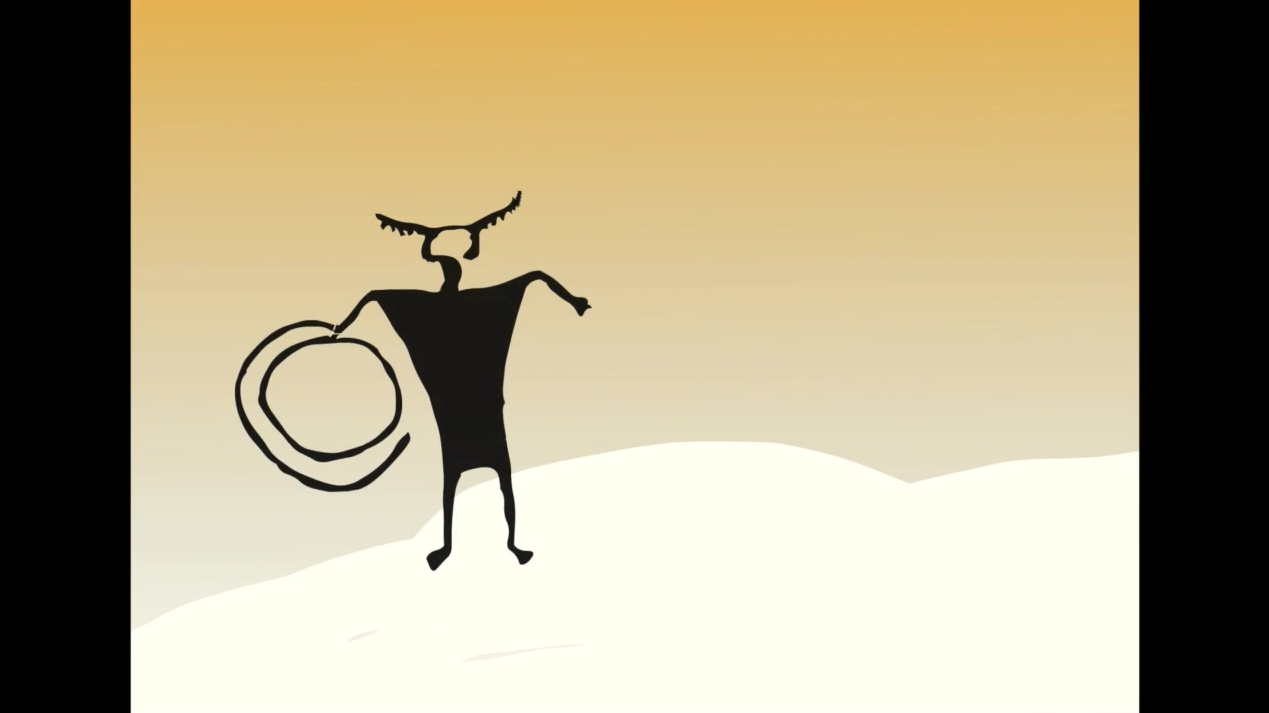
A hallmark of the puzzling era we’re now living through is a remarkable juxtaposition of two apparently contrary trends. In many social circles, there exists a buoyant sense of possibility, an upbeat and expectant optimism with regard to the near and long-term future. Yet in other societal spheres, a spreading despondency weighs folks down whenever they contemplate our collective future, an overwhelming hopelessness that interferes with their ability to even envision a livable future a generation or two from now.
IN THE SUMMER of 1988, I found myself kayaking in the Prince William Sound of Alaska, a few months before the undulating surface of that life-filled sea was generously layered with a glistening blanket of oil by the Exxon Corporation. A suburban kid from Long Island, this was my first time in the far north, and I was stunned by the colossal scale of the place—by immense glaciers calving off icebergs into the waters around me, by the preponderance of eagles who seemed to glare down at me from every overhanging branch and snag.
An Interview With David Abram
Abram’s work is deeply resonant with the Routledge Handbook of Ecocultural Identity’s intention of understanding and addressing contemporary ecocultures and ecocultural identities and of offering alternative ways of thinking and feeling at once ancient and strangely new. As a pivotal contemporary thinker who lectures and teaches around the world both within and outside academia, we asked Abram to join and help frame the ecocultural identity conversation. The following is a transcript of a conversation with the Handbook’s editors, Tema Milstein and José Castro-Sotomayor, in Abram’s home in the southern foothills of the United States Rocky Mountains.
Written from within the first weeks of the COVID-19 pandemic:
RIGHT NOW, the earthly community of life—the more-than-human collective—is getting a chance to catch its breath without the weight of our incessant industry on its chest. The terrifying nightmare barreling through human society in these weeks has forced the gears of the megamachine (all the complex churning of commerce, all this steadily speeding up “progress”) to grind to a halt—and so, as you’ve likely noticed, the land itself is stirring and starting to stretch its limbs, long-forgotten sensory organs beginning to sip the air and sample the water, grasses and needles drinking in sky without the intermediating sting of a chemical haze.
Deep ecology, as a movement and a way of thinking, has commonly been contrasted to conventional environmentalism, and especially to approaches that focus only on alleviating the most obvious symptoms of ecological disarray without reflecting upon, and seeking to transform, the more deep-seated cultural assumptions and practices that have given rise to those problems.
Intro by Dougald Hine:
In the opening pages of The Spell of the Sensuous, David Abram stands in the night outside his hut in Bali, the stars spread across the sky, mirrored from below in the water of the rice paddies, and countless fireflies dancing in between. This disorientating abundance of wonder is close to what many of his readers have felt on encountering Abram’s words and his way of making sense of the world.

